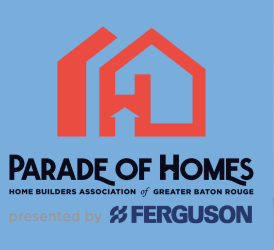Hail damage to your roof can be a concern after significant storm events, especially during the spring and summer months. These balls or chunks of ice form from specific climatic conditions and fall from the sky, commonly called hailstones. Hailstones vary in size from insignificant bits to substantial clumps that can measure several inches in diameter. Hail can inflict major damage to your roof, vehicle, and other structures. This discussion will focus on the signs of hail damage on a standard asphalt shingle roof covering.
Often, hail damage discussion is associated with insurance claims. Hail damage determinations are subjective and depend on independent interpretation of conditions. There are usually general guidelines for defining hail damage in your insurance policy, so we highly recommend that you review your policy thoroughly before and after purchasing your insurance plan.
THREE COMMON SIGNS OF HAIL DAMAGE ON A ROOF
Surface damage in the open field of a shingle
When significant sized hailstones hit an asphalt shingle, circular damage can occur to the shingle surface. The granules are often displaced, exposing the asphalt underneath. Notably, the granule density in the impact area is visually different from the adjacent part of the shingle. Fiberglass in the asphalt can be seen, as seen in the photo above.
Edge damage on a shingle
Like damage in the open field of the shingle, edge damage is visible along the perimeter of a shingle. Hail damage is usually characterized by fractured shingle tips, exposing the asphalt and fiberglass along the frayed edge of the shingle. Edge damage often has filaments of fiberglass and is seen as shiny, frayed looking edges.
Dents in soft metals
One of the easiest ways to determine hail damage on your roof is to inspect the surface of vent covers and other metal parts of the roof. Many vent covers are made of aluminum, which is soft, thin, and subject to impact damage. Even smaller hailstones can cause dents or indentations in these fragile metal covers. The picture on the right is an example of hail damage, as seen in the small indentations to the metal vent cover.
Hail damage to shingle roof coverings can significantly reduce the life of the shingles, and homeowners may be forced to repair or replace their roof earlier than planned. Although hail damage is subjective in opinion, the damage may be covered by your homeowner’s insurance policy with proper documentation and reporting. A competent and qualified roofing contractor should be able to provide guidance in determining damage and available paths for repair.





